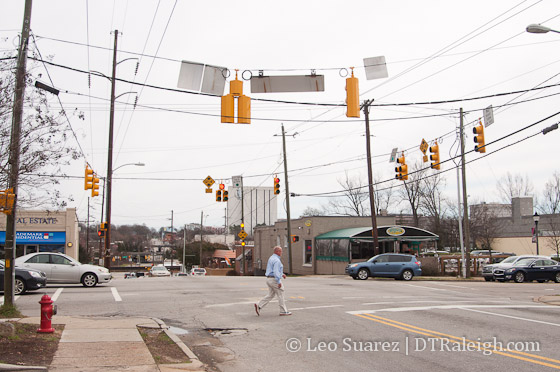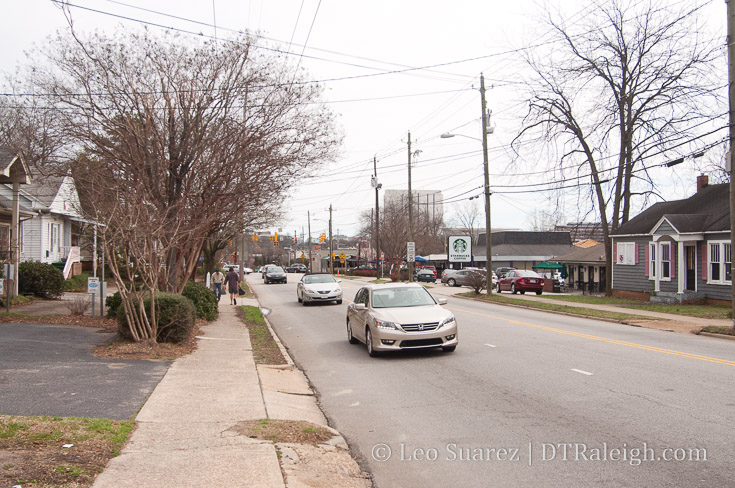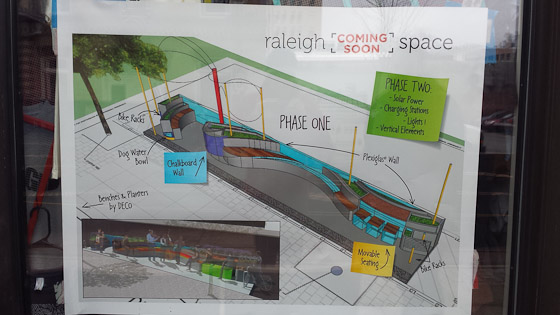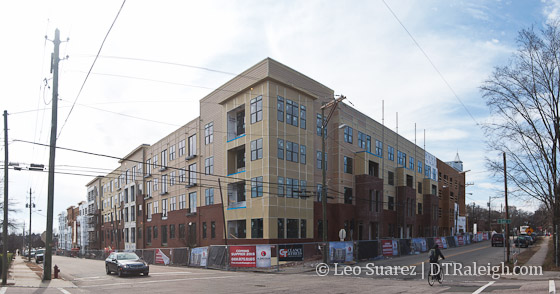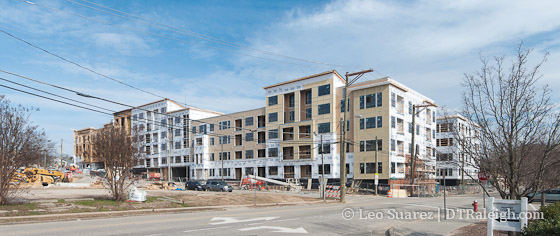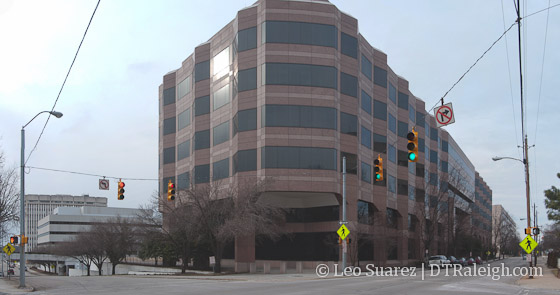
State Government offices along Wilmington Street
I try to change up the general location of each blog post in order to touch all sides of downtown Raleigh as the months go on. One area that hasn’t gotten much love on this site is the State Government campus, the collection of buildings to the north of the historic Capitol building. Home to thousands of state employees, very little has changed here in the eight year lifespan of this blog.
The Green Square project being possibly the only exception, the state government campus isn’t seeing the same revitalization that the rest of downtown Raleigh is. And why would it?
From an urban perspective, the campus is nothing but sprawl, fitting in with similar office complexes in RTP than the buildings in downtown Raleigh. It serves a single-purpose; state government which consists of the offices and the politics around it. (protests included)
Sometimes called, ‘The Black Hole’ of downtown, the campus operates on a 9am to 5pm, Monday to Friday schedule creating a ghost town outside of those hours. There really is no reason to be there unless it’s a protest or you’re doing work with the state.
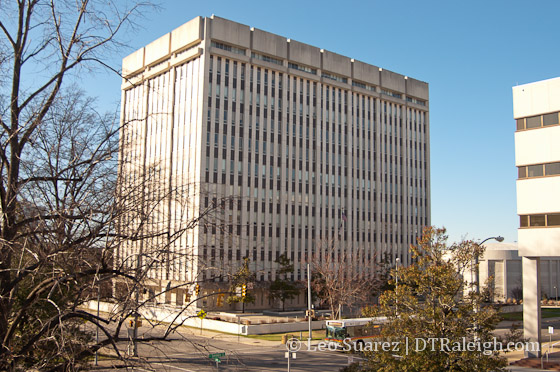
I could almost just ignore this area on the blog as most of it is pretty much owned by and operated by the State of North Carolina and the planning dynamic and motivation is a universe apart than that of the City of Raleigh. It just feels more difficult to get the equivalent planning information from the state than from the city.
However, the state government campus can’t exist in it’s current form forever and I’m secretly cheering for an overhaul of that campus. This is why Governor McCrory’s mention of “Project Phoenix” has piqued my interest.
Project Phoenix looks to replace or completely overhaul some of these buildings and bring them up to modern standards. In addition, the Governor has been quoted as saying a newer campus will break away from that single-use environment and include private businesses with hopes of generating activity outside of typical work hours.
The project comes as the state of the campus today is pretty grim with reports claiming billions of dollars are needed to straighten it out. From this recent TBJ article:
Failing HVAC systems, faulty fire alarms, water seepage and asbestos are threatening the safety and security of nearly 10,000 state government workers and contractors who commute into downtown Raleigh each day.
Some buildings are in such poor shape that state agencies have started looking for leased office space instead.
According to a recent State Construction Office report, North Carolina is facing more than $3.9 billion in building deficiencies statewide due to deferred maintenance and repair issues, much of that among the state government’s downtown complex in the Capital City.
*Several state agencies mull move outside of downtown Raleigh
Two buildings mentioned during press conferences and interviews were the Albemarle Building and the Archdale Building, which apparently are in such bad shape that the idea of demolition is on the table.
It’s all talk at this point as plans or concepts have not been released and there’s a State General Assembly to go through but the project could have an astounding impact on downtown Raleigh.
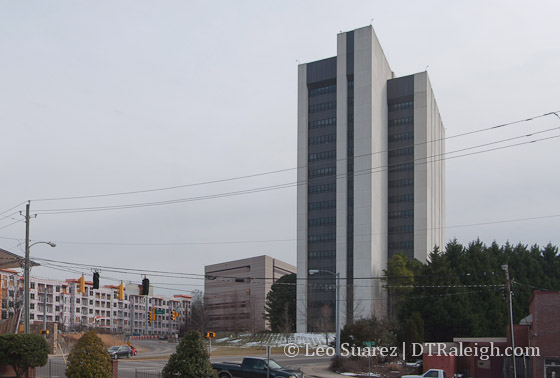
If the state government campus wants to be woven into the fabric of the other districts in downtown Raleigh, the Fayetteville Street area would be the easiest as a north/south traffic flow already exists. With that in place, access to Moore and Nash Square would follow and even the future Raleigh Union Station.
It’s unfortunate that connectivity to Glenwood South to the campus is a much bigger challenge. The huge gap between Jones Street and Peace Street, created by the railyards and Capital Boulevard, is a barrier for east/west traffic flow. Perhaps one day if thousands more workers and maybe residents are here, some bike/ped bridges could jump across the railroads and Capital Boulevard.
Lots of room to dream here. We’ll keep an eye on this one.


